Shokz OpenRun Pro 2 review | Infinium-tech
Openrun Pro 2 is the latest wireless headset from Shokz. The company specializes in bone conduction headset, and Openrun Pro 2 is a flagship model in its lineup.

Openrun Pro 2 uses an interesting hybrid design, mixing with bone conduction -combined standard air conduction drivers. The bone conduction driver takes care of the middle and high frequencies, while the air conduction driver handles low frequencies. It should solve one of the shortcomings of bone conduction audio while maintaining the profit, at least, in principle, which is keeping your ears completely unpublished.
Openrun Pro 2 also promises more comfort than its predecessor, as well as a more strong design with a long battery life. Let’s see how it performs.
design
The design of a standard neckband-style is common for bone conduction headset in Openrun Pro 2. You have a battery and electronics module that sits behind the ear with the driver assembly, a flexible ni-t-t alloy is connected by wire neckband. You can also choose a small headband size option that is 0.83 “small from the standard size model.

There are physical control on either side of the headset. The left driver is a single button on the unit that controls the playback. It would also be convenient on the right driver unit, so that if you are occupied, you can use the hand, but it is not so. The right module behind the ear has volume buttons, which is also doubled as a power/pairing button. The USB port can also be found here, under a rubber flap.
Despite the use of the driver module hybrid driver layout on Openrun Pro 2, the company’s other bone is not as larger than the headset. You can see the open grill in your ear at your ear for the wind conduction driver, and then the flat side that presses against the edge of your face where the bone conduction drivers sit.

The headset is very thin and light. When you wear it, it barely feels anything, and people cannot notice you even when wearing it from the front. Shokz claims that the clamping force has been reduced compared to the previous generation model. Hybrid driver design also means that bone conduction drivers do not have to work as hard, so what you echo can be felt with other bone conduction headsets.
Openrun Pro 2 is generally quite comfortable to wear. The clamping force is negligible, and I did not feel any annoying brittleness from bone conduction drivers, even on high versions. Whenever it comes in contact with my ears, I find ni-t alloy wires that are slightly uncomfortable through the headset, because it does not have enough padding. The part that sits on top of the ears is particularly thin and slightly sharp, and requires additional smoothing or padding.

I did not have issues to wear headset with sunglasses. However, it becomes slightly fine to insert and remove.
The headset IP55 is rated for dust and water resistance. You should not have any issue of wearing it through sweat and some rain. But if you want to wear something while doing swimming, you may want to consider Open’s Pro from showcase, which is specifically designed for that use.
Software and features
Openrun Pro 2 works with iOS and Shokz app available on Android. A warning with using the app is that you have to clearly agree to the company to use and share your personal data; Otherwise, you cannot move beyond the opening screen.

The app is quite basic. Otherwise, allows you to control sound, enable multipoint pairing and update firmware. You can also control playback and volume, as well as change the language and volume of the voice prompt.
Sound settings include four EQ presets and a six-band custom eek. Multipoint pairing settings enable you to enable and disable the feature and manage the coupled devices.
To be honest, there are not many reasons to install the app whether the firmware update is available or not. Once updated, you can remove it.
Display
audio quality
Openrun Pro 2 uses a dual driver design that contains a metal bone conduction driver for middle and high frequencies and 18×11 mm dynamic air drive driver for low frequencies. The bone conduction driver passes through sound vibrations for your ears by directly contacting your face edge, while the air conduction driver acts as a normal speaker by pointing to the audio in the direction of the ear opening.
Yearbuds connect to a Bluetooth 5.3 connection and only support SBC codec. These days it is rare to see individual audio equipment that only supports SBC and is not the least AAC on the top. However, this is not the type of setup that can benefit from high quality codec, so it is not a particularly major lapse.

Due to the way they function, bone conduction headset does not have a widespread frequency reaction, and you cannot expect to get the same Earth-Chaknachur bass and as high highness you will do with in-ear designs. He said, I was pleasant with the audio quality of Openarun Pro2.
Shokz gets correct Timber. The sound is generally quite natural, without any annoying peaks or colors. This is a relatively narrow frequency response band on the proposal.
Starting with low frequencies, frequencies under 50 Hz are usually incentives. Bass frequencies that you can hear above it, not really much energy for them, so you do not get what you do with traditional in-ear setup. Despite the additional bass driver, there is still a proper distance between it and the ear, and a small unit can only move so much air from that distance.
Despite this, it is not that there is no bass. There is enough mid-bus energy that does not make it a sound such as just a hole where you will normally find low-end. However, it is gradually audio -type of bass and not the type of intestine that you expect to make your skull feel stunning.

Mid-range is easily the best part of sound. You clearly do not have to worry about bass, and tuning here is generally excellent, so equipment and vowels are all luxurious.
As you reach the top of the frequency spectrum, the sound begins once again. While a sign sweep showed that I could hear high voice as 16KHz, in real music, high generally looked dull and decreased. You do not get twinkling and air at the top, which can make the music slightly dark and hurt imaging performance.
The overall sound seen from an important hearing point of view is clearly limited compared to almost any-ear design. Limited frequency reactions on one side, imaging and soundstaging were also ineffective, as sound, uncertainly, as it seemed as it was coming from inside the head instead of you. While the air-collecting driver adds an element of external ear activation, it is actually not enough to simulate a three-dimensional, speaker such as the speaker that can produce some open-airbuds and headphones.
However, Openrun Pro 2 is not designed with clearly important hearing. When you are out and do a workout, on one run, or play some tunes about cycling. This is really where the operun Pro 2 shines, as you get anything good sound without physically covering your ears.

This is also the situation where one of the major shortcomings of Openrun Pro 2 is not an issue. You see, Openrun Pro 2 does not get very loud, or at least not keeping the integrity of the sound. The maximum volume is loud than decency, but the last 70% of the small bass there was closed there.
However, this is not an issue when earbuds are used. The entire point of this design is that you can listen to your surroundings, and the blasting earbuds near your ears defeat that purpose. You can do a proper amount of playing headset where you can listen to it clearly, while you can be able to focus on your environment.
Microphone
Openrun Pro 2 has decent microphone performance. If a little calm, the voices are clearly clear. The headset also performs a great job of sinking the ambient noise at the point where you can listen to it barely, and the quality of the voice also does not suffer dramatically in the noise environment.
Delay
Openrun Pro 2 has fine delayed performance. After saying this, I would not really be upset to use it for gaming because this is not really their intended use case. However, it is enough to watch a video or two.
Connectivity
Openrun Pro 2 had excellent connectivity performance in testing. SBC is an incredibly stable codec, so there was no dropout originally no dropout, and the border was also excellent.

There is a strangeness in the headset how it is added. This prefer to connect to the final coupled device rather than the final connected device. It is said that you have a headset added with your phone, and then you combine it with your PC. Then you switch back to your phone and power the device. When the headset is turned back, it will connect to the PC instead of the phone, even if it is connected to the phone before the switch is closed. This is because the PC was the latest device in its pairing list, and somehow that takes priority on the previous connected device.
Of course, if you have multipoint pairing capable, it is not a problem, as the headset will connect with both devices. This feature works constantly quite well, and you can choose and remove coupled tools through the app.
noise cancellation
Openrun Pro 2 does not support the noise cancellation, as it will completely beat the purpose. Being a bone conduction headset, it leaves your ears completely open.
As I have mentioned many times in the past, you still need to be careful outside, even if your ears are completely open. Shravan masking is a hell of one thing, and I was quite surprised at how to have a completely uninterrupted ear, I sometimes struggle to listen to things.

This is where the volume discussion comes back. You should not really hear anything in the amount of more than 40–50% of this headset, as the sound from the headset can potentially mask other important environment audio signals.
Is it better to say that is better than specific in-air earbuds with some transparency mode like Openrun Pro 2. No transparency mode can just match opening your ears, but many of them have stopped very much these days. In addition, you can simply flip a switch and cool things, which Openrun Pro 2 cannot definitely do. However, Openrun Pro 2, or with any open-air design, for that case, you do not have to worry about the air buffet noise while riding a bike, for example, for example, it comes down to what you plan to do with it.
battery life
Openrun Pro 2 has a 12 -hour battery life. In my test, I got 12 hours and 17 minutes, which is at the point. Shokz also claims 2.5 hours of playback after 5 minutes of allegations, and I managed to get 3 hours and 6 minutes.
Constant battery life standard is decent compared to TWS earbuds, but you will be plugging them more often, as the cases of TWS allow them to keep too much charge for repeated use.
conclusion
Shokz Openrun Pro 2 is priced at $ 180/INR 25,799, but is often on sale. This is especially a good option for those who see bone conduction headset. It is light, comfortable, well built, and decent audio quality, given the boundaries of bone conduction technology. Out of good microphone performance, battery life, and connectivity package.

I do not necessarily recommend bone conduction headset to all, as most people will be given better service with regular wireless earbuds with transparency mode. However, if you are a cyclist or a runner, it is a more suitable product category for you, and Openrun Pro 2 is as good as it is.


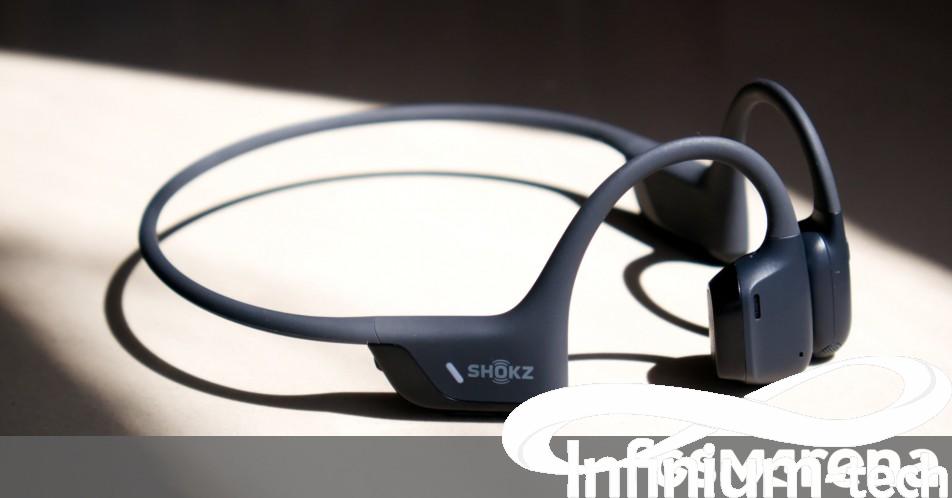







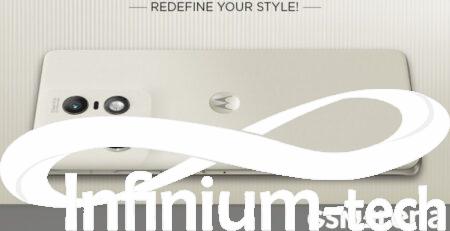
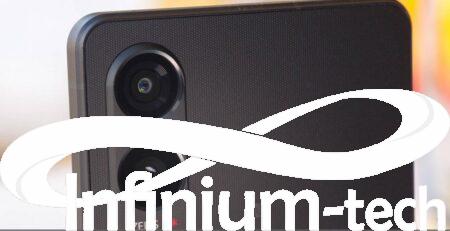
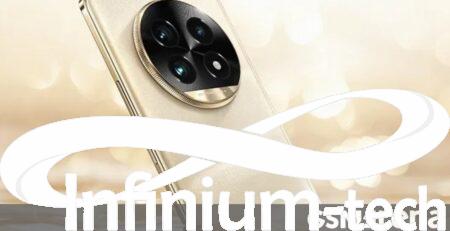

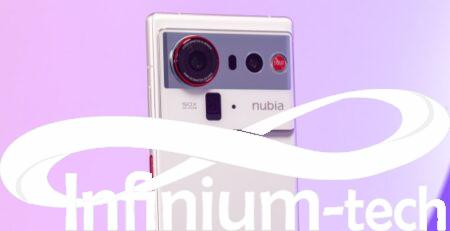
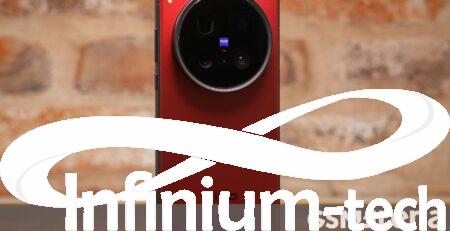

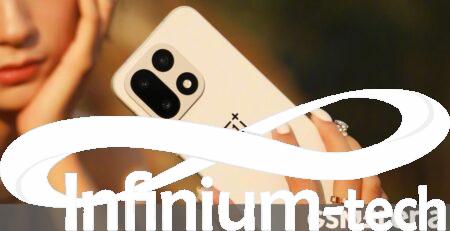
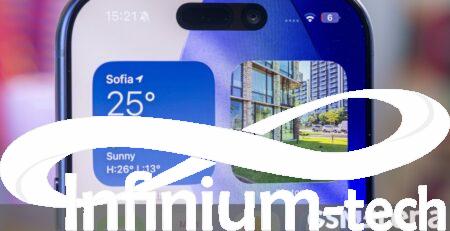

Leave a Reply